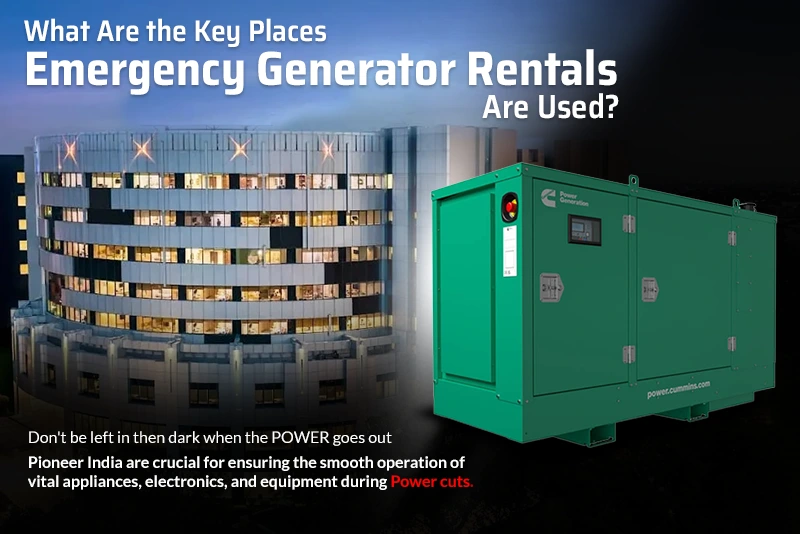Types of Load Banks in industry know that diesel generators are often kept for emergency purposes. Power shortages, or power cuts, are very natural during production hours and also unexpected. In an industry that has a backup generator, it’s really like peace of mind to you, but when a backup diesel generator doesn’t work?
It can affect production. When a backup diesel generator fails to perform during disaster and emergency times
The second option is a load bank. Load bank testing must be a part of the industry.
Generator load bank testing is to ensure the backup of power remains stable and gives maximum production.
Load bank testing leads to a process to assess a generator’s capacities.
All types of generator parts must be tested in load banks. So, make sure the generator can run your services at the full kilowatt rating.
- The load bank test on any generator does not run at more than 30% of its rated kW load.
- The motto of load bank testing is to make sure the generator maintains the perfect pressure levels and temperature, and mainly, HP is needed for operation.

What are the differences between the Types of Load Banks?
There are three types of load banks.
- Resistive
- Reactive
- Resistive & Reactive Combined
It’s all about depending on the plan. Whether buying a load bank or renting a load bank depends upon circumstances.
Experts in this field said that renting is essential, but apart from that, choosing the right type of load bank is the key.
1. Resistive
Resistive load banks are most commonly used in mining and big industry. The resistive load bank allows and tests a generator at 100% capacity.
This process is a sincere process for measuring loads. Electrical energy is converted to heat; therefore, resistors.
The heat evaporates air and water. This type has a mover capacity.
kW, mover controls, and moving response Hz. It has inadequate testing capabilities for alternator capability, kVAR, alternator control, and load-sharing controls.
Resistive load banks and their portability
- DC Portable
- AC small portable
- AC large portable
- AC trailer mounted
- AC radiator cold
- AC water-cooled
Resistive load banks may be used for generator capacity less than 200 kVA, and also depend on the UPS system.

2. Reactive
Reactive load bank test load with an inductor or a capacitor in the load. This process converts electrical energy into a magnetic field.
Inductive loads are more common than capacitive load banks.
It can test only up to 75% of full power testing.
Reactive is suitable for testing motor-driven devices and transformers.
3. Combined Resistive/Reactive
Combined resistive/reactive load banks use the features found in resistive load banks, as the features of the latter are inadequate to measure.
Resistive/reactive load banks can test:
- Prime mover capacity (kW)
- Prime mover controls
- Alternator capacity (kVAR)
- Alternator controls
- Load-sharing controls (kW and kVAR)
- Distribution bus
- Transient response (Hz)
- Transient response (voltage).
Resistive/reactive load banks are used for:
Generators with a capacity greater than 200 kVA and with a capacity from 1 MVA, mainly single and multiple units.
These are types of load banks. At the end, you have to acknowledge some information about load bank testing. In case you want to rent a load bank for your generator, ask experts.



